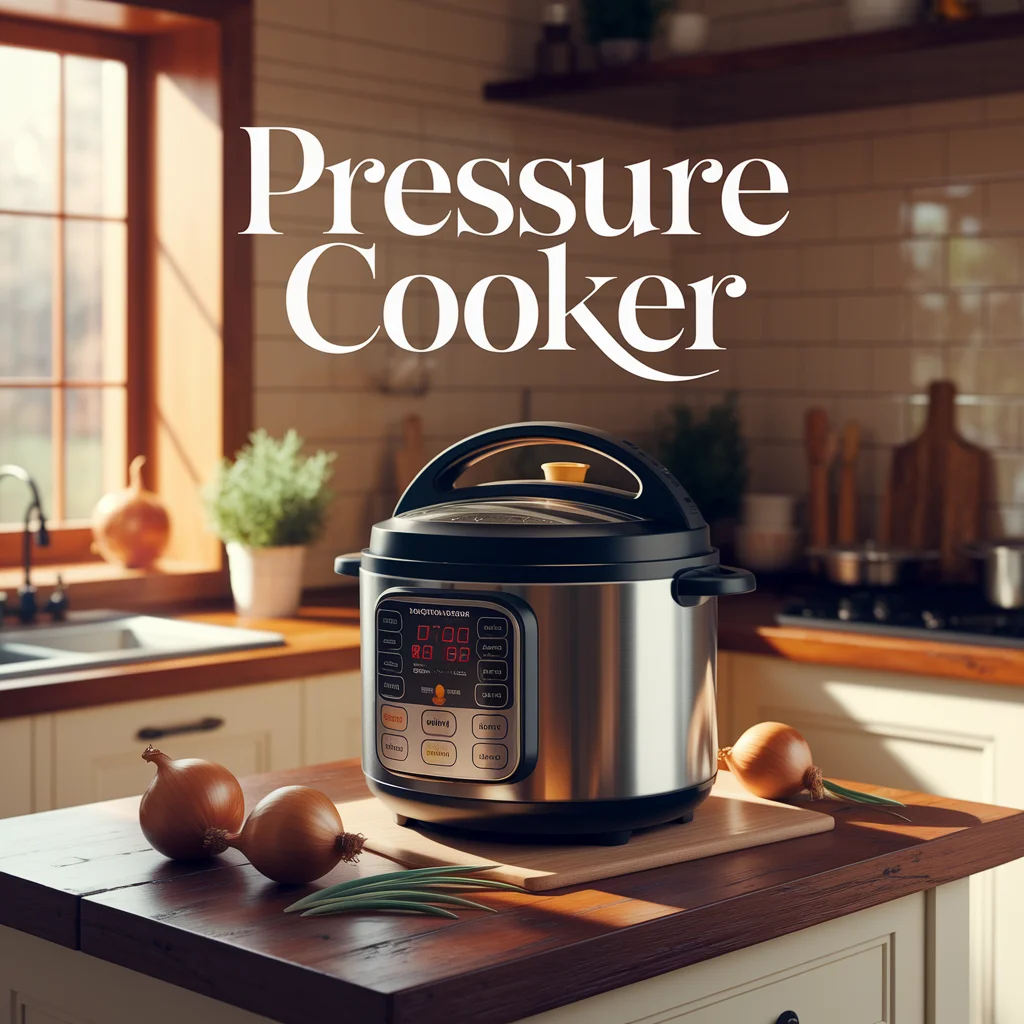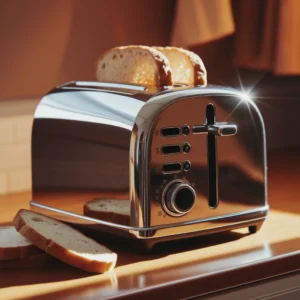Pressure Cooker
Original price was: $ 5.$ 4Current price is: $ 4.
Description
A pressure cooker is one of the most powerful tools in any kitchen. Whether you’re a beginner or a seasoned home cook, this versatile appliance can save time, lock in flavor, and help you create delicious meals with ease. By using steam pressure to cook food quickly, pressure cookers significantly cut down cooking times compared to traditional stovetop or oven methods, often by up to 70%. That means you can prepare tough cuts of meat, dried beans, rice, stews, and even desserts like cheesecake in record time.
Modern pressure cookers come in two main styles: stovetop and electric. Electric pressure cookers, like the popular Instant Pot, often include multiple settings such as slow cooking, yogurt making, sautéing, and rice cooking, making them an all-in-one solution for busy households. Stovetop models are simpler and preferred by many for their durability and control over pressure levels.
If you’re looking to eat healthier, pressure cookers help retain more nutrients by cooking quickly with minimal water. They’re also energy-efficient, making them a smart choice for eco-conscious cooks. In short, a pressure cooker can do it all fast, flavorful, and fuss-free.
Common Uses of a Pressure Cooker
- Cooking stews, soups, and broths
- Tenderizing tough cuts of meat
- Cooking beans and lentils without soaking
- Making rice, risotto, and quinoa
- Preparing curries and chili
- Steaming vegetables
- Making yogurt (in models with that setting)
- Baking desserts like cakes and puddings
Pros and Cons of a Pressure Cooker
| Pros | Cons |
| Cooks food very quickly | Takes time to learn safe usage |
| Retains nutrients and moisture | Not ideal for all types of recipes |
| Saves energy and reduces costs | Can be bulky or heavy (especially electric models) |
| Multipurpose (in electric models) | Requires careful cleaning and maintenance |
| Great for batch cooking | Can’t check the food during cooking |
Common Specifications
| Feature | Details |
| Type | Stovetop or Electric |
| Capacity | 3L to 8L (6L is most common for families) |
| Material | Stainless Steel, Aluminum |
| Pressure Settings | Usually 1–2 levels (low/high), some offer PSI control |
| Safety Features | Locking lid, pressure release valve, float valve |
| Extra Settings (Electric) | Sauté, Slow Cook, Rice, Yogurt, Keep Warm |
✅ Conclusion
A pressure cooker is more than just a pot, it’s a game-changer in the kitchen. Whether you’re short on time, cooking for a big family, or just want to explore new recipes, this tool helps you get flavorful, healthy meals on the table faster than ever. From stews and soups to rice, beans, and even desserts, pressure cookers offer versatility and convenience that few other appliances can match.
If you’re looking for a reliable, multifunctional tool that saves you time, energy, and effort, a pressure cooker is a smart investment. With modern safety features and user-friendly controls, it’s never been easier to enjoy home-cooked meals even on busy weeknights.
❓ Frequently Asked Questions (FAQs)
Is a pressure cooker safe to use?
Yes! Modern pressure cookers come with built-in safety features like locking lids, automatic pressure release valves, and safety sensors. As long as you follow the instructions, they’re very safe.
What foods should I not cook in a pressure cooker?
Avoid foods that foam excessively (like oatmeal, pasta, or cranberries) as they can clog the pressure valve. Also, delicate items like fish can overcook easily.
Is it worth getting an electric pressure cooker?
Yes, if you want an all-in-one machine. Electric pressure cookers (like Instant Pots) often include settings for slow cooking, rice, yogurt, and more.
How do I clean my pressure cooker?
Let it cool completely. Wash the inner pot with warm, soapy water. Remove and clean the sealing ring and lid parts separately. Check your manual for detailed care instructions.




Reviews
There are no reviews yet.